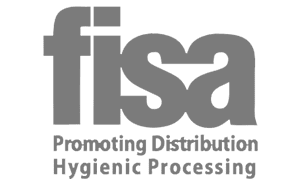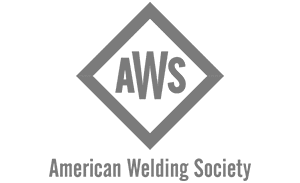What Sterilization Method Should I Use? Autoclave, Gamma, or ETO
In the high purity process industry, sterilization is the name of the game. Sterilization is the process of eliminating all forms of life, including transmissible agents (such as fungi, bacteria, viruses, and spore forms) present on a material’s surface or contained in a fluid or compound. For our stainless steel products, sterility measures include cleaning in place (CIP with acids and caustic solutions) or steaming in place (SIP). For our single use products, alternative sterility measures are taken which will be the focus of this post.
The most common forms of sterilization for single use components include autoclaving, ionizing radiation (gamma or electron beam irradiation), and gas treatment (ethylene oxide). Each has its pros and cons, hopefully this post will help you select which is optimal for your process.
Autoclave
Autoclave is the process of exposing materials to a combination of high temperature and pressure over a fixed period of time. Autoclave is one of the most utilized processes as it is both effective and economic. It’s something anyone who has taken a microbiology class is familiar with. Autoclaves use pressure to raise the boiling point of water and transfer more energy to “cook” any bugs in the autoclave chamber. The World Health Organization recommends autoclave cycles run between 121 and 124 C for 15 minutes at about 30 PSI. This should be enough time to kill any microorganism. Autoclaves are common place in most labs and are an obvious choice for many applications. Drawbacks include overhead costs for the autoclave, as well as utility costs to run the unit. If autoclaves are to be used, materials selection is critical. Materials that handle the high temperature of autoclaves include acetyls, nylon, polysulfone, PVDF, PTFE, and stainless steel. Materials that aren’t great with an autoclave include ABS, acrylics, polycarbonates, and some polypropylenes.
Gamma Irradiation
Gamma irradiation involves exposing a material to a specific dose of ionizing radiation. The radiation causes DNA mutations in microorganisms, ultimately resulting in apoptosis and cell death. The primary advantage of gamma is that the material can be placed in its final container and penetrated by radiation. This allows us to preassembled and package a single use assembly in a clean room environment, sterilize it, and assure the end user that the product they receive is sterile when they take it out of the packaging. Gamma irradiation is especially useful in applications where a product is going to be stored for an extended period of time The WHO states that the usual level of absorbed radiation for sterilization is 25 kGy or 2.5 Mrad, although other levels may be employed.
Materials suitable for gamma include ABS and acetyls at low doses, acrylics, polycarbonates, polysulfone, and PVDF. While some of these materials may have slight discoloration following gamma, this does not affect their performance- in fact, some properties of plastics performance is enhanced following irradiation.
The drawback to gamma are costs and working with a reliable subcontractor who has experience in material selection and logistics. That’s where we come in- at Holland, we’ve been working with our pharmaceutical customers to have their products gamma irradiated for over ten years.
Ethylene Oxide- Gas Sterilization
Gas sterilization is the technique of exposing materials to a highly volatile and toxic gas for a controlled amount of time. This process is used when elevating a material to a high temperature or imparting ionizing radiation is not available or practical. This technique imparts the least amount of energy of any of the sterilization techniques discussed.
Ethylene oxide is the most common gas used in these applications. It is often mixed with other inert gases to knock down toxicity and make it more usable. Concentration of gas, humidity, temperature, and time of exposure are monitored to ensure proper disinfection. Because of the low input energy, most plastics are compatible with EtO sterilization.
Concerns do arise, however, with extractables and leachables following EtO sterilization. This is obviously a concern as products absorb gas and can potential leach into processes, ruining batches. This post is a high level overview, we won’t get too detailed about the extractable and leachable concerns, just know that EtO is still considered a safe sterilization method and widely used throughout the industry.
Conclusion
To conclude, a considerable amount of time goes into selecting the correct size, material, and certifications/approvals for each component that goes into a single use process. We’ve spent a considerable amount of time just blogging about each of these topics. While these factors alone can be challenging, sterility compatibility is just as critical. This post should serve as a good primer of the different sterilization techniques Holland offers and has worked with customers on in the past. Contact Holland today with any of your sterility concerns.







